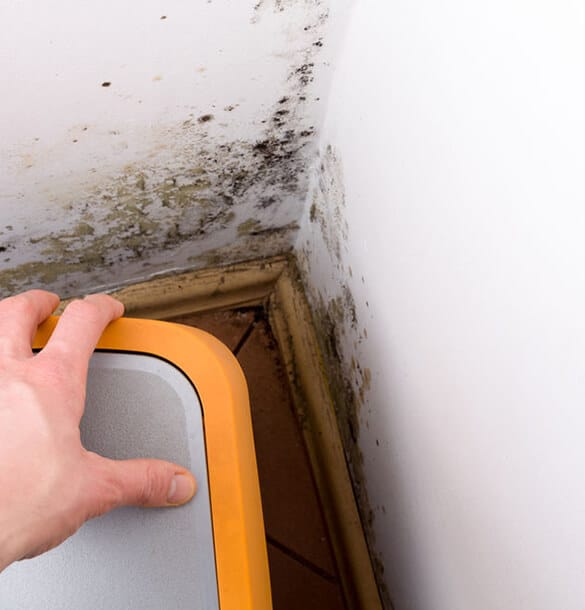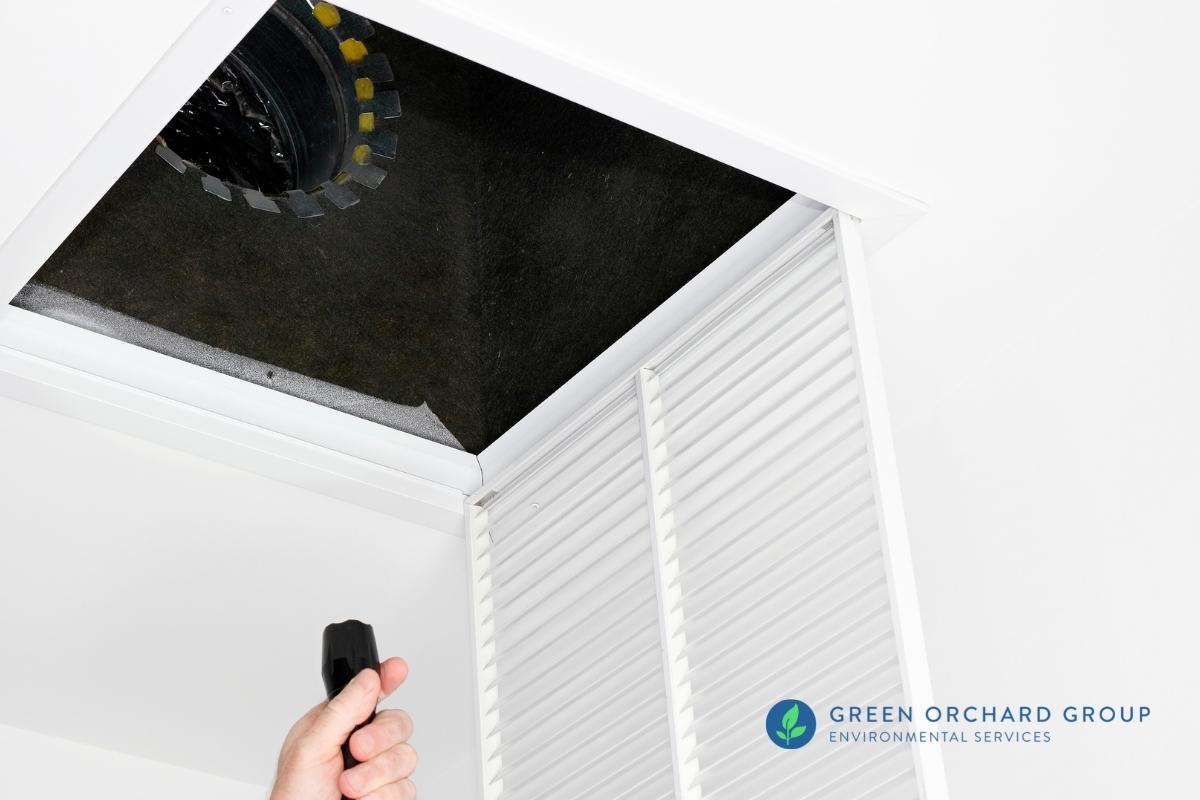Important Steps After Mold Remediation
Important Steps After Mold Remediation
Blog Article
Your Ultimate Guide to Message Mold Remediation Methods
Navigating the world of post-mold remediation methods is a thorough process that demands interest to information and a thorough understanding of the details entailed. In the results of mold infestation, knowing just how to properly eliminate the mold and mildew and prevent its reoccurrence is paramount for maintaining a healthy and balanced interior atmosphere. From selecting the best cleansing and sanitizing methods to applying strategies for long-lasting mold avoidance, each action in the removal trip plays a critical role in making sure an effective end result. As we start this exploration of post-mold removal techniques, we will discover the key techniques and best practices that can aid you recover your room to its pre-mold problem and safeguard it against future mold and mildew threats.
Understanding Post-Mold Remediation Refine
After finishing the mold removal procedure, it is important to understand the post-mold remediation strategies that are essential to ensure a complete and reliable clean-up. Once the mold has actually been removed, the next step entails cleaning and disinfecting the affected areas to avoid any type of regrowth of mold and mildew.
Furthermore, performing a final inspection post-remediation is important to make sure that all mold has been successfully eliminated. This evaluation must include a complete aesthetic check as well as possibly air sampling to validate the absence of mold and mildew spores airborne. Additional remediation might be required if the examination reveals any type of lingering mold. Educating passengers on preventive procedures such as regulating moisture degrees and without delay resolving any water leakages can assist keep a mold-free setting.
Efficient Cleaning Up and Disinfecting Methods

Stopping Future Mold Development

Importance of Proper Air Flow
Proper ventilation plays a vital function in preventing moisture build-up, a crucial consider mold development within interior atmospheres. Reliable air flow systems aid get rid of excess humidity from the air, reducing the opportunities of mold spores finding the moisture they need to sprout and spread out. Without ample air flow, indoor rooms can end up being a breeding place for mold and mildew, leading to potential health and wellness More Bonuses threats and architectural damages.
By guaranteeing correct air flow, ventilation systems can likewise assist in drying damp areas extra rapidly after water damages or flooding incidents, even more discouraging mold and mildew growth. Post Mold Remediation Report. Precede like washrooms, attic rooms, kitchen areas, and cellars where moisture levels tend to be higher, setting up and preserving efficient ventilation systems is essential in stopping mold and remove mold in air mildew invasions

Monitoring and Maintenance Tips
Offered the critical role that appropriate ventilation plays in protecting against mold and mildew development, it is vital to establish efficient tracking and maintenance pointers to ensure the continued performance of air flow systems. Routine examinations of air flow systems must be carried out to look for any kind of indications of clogs, leaks, or malfunctions that might restrain proper air flow. Monitoring moisture degrees within the property is also critical, as high humidity can add to mold growth. Setting hop over to these guys up a hygrometer can aid track moisture levels and alert property owners to any type of spikes that might call for focus. In addition, making certain that air filters are consistently cleansed or replaced is crucial for keeping the performance of the air flow system. Executing a timetable for regular maintenance tasks, such as air duct cleansing and HVAC system evaluations, can help avoid problems before they rise. By remaining proactive and conscientious to the condition of ventilation systems, property proprietors can successfully reduce the threat of mold regrowth and keep a healthy interior atmosphere.
Verdict
Finally, post-mold remediation techniques are essential for making certain a tidy and secure environment. Comprehending the procedure, applying effective cleansing and sanitizing methods, avoiding future mold development, maintaining appropriate ventilation, and regular surveillance are all crucial action in the removal procedure. By complying with these guidelines, you can effectively remove mold and mildew and stop its return, advertising a healthy living or functioning area for all owners.
In the consequences of mold and mildew infestation, recognizing exactly how to efficiently get rid of the mold and avoid its reoccurrence is extremely important for preserving a healthy and balanced interior setting. As soon as the mold and mildew has been removed, the next step entails cleaning and sanitizing the impacted locations to prevent any regrowth of mold and mildew - testing air quality after mold remediation. After removing noticeable mold growth, it is important to cleanse all surfaces in the afflicted area to eliminate any kind of continuing to be mold and mildew spores. To better improve mold prevention actions, it is crucial to address underlying problems that originally led to mold advancement.Offered the important function that appropriate ventilation plays in avoiding mold growth, it is critical to establish efficient monitoring and maintenance pointers to make certain the ongoing capability of ventilation systems
Report this page